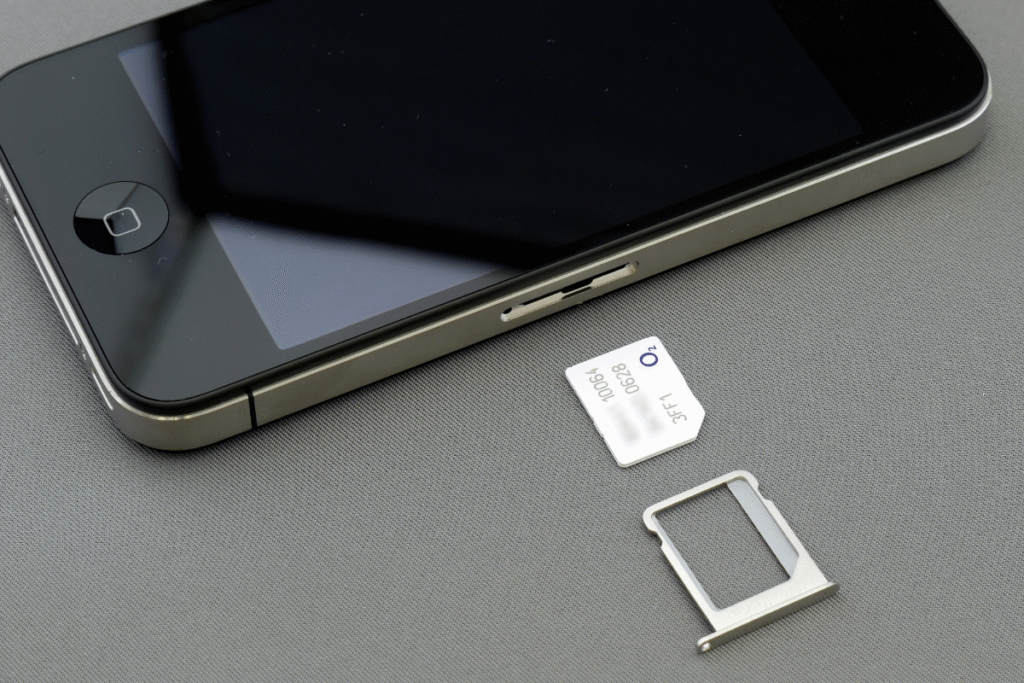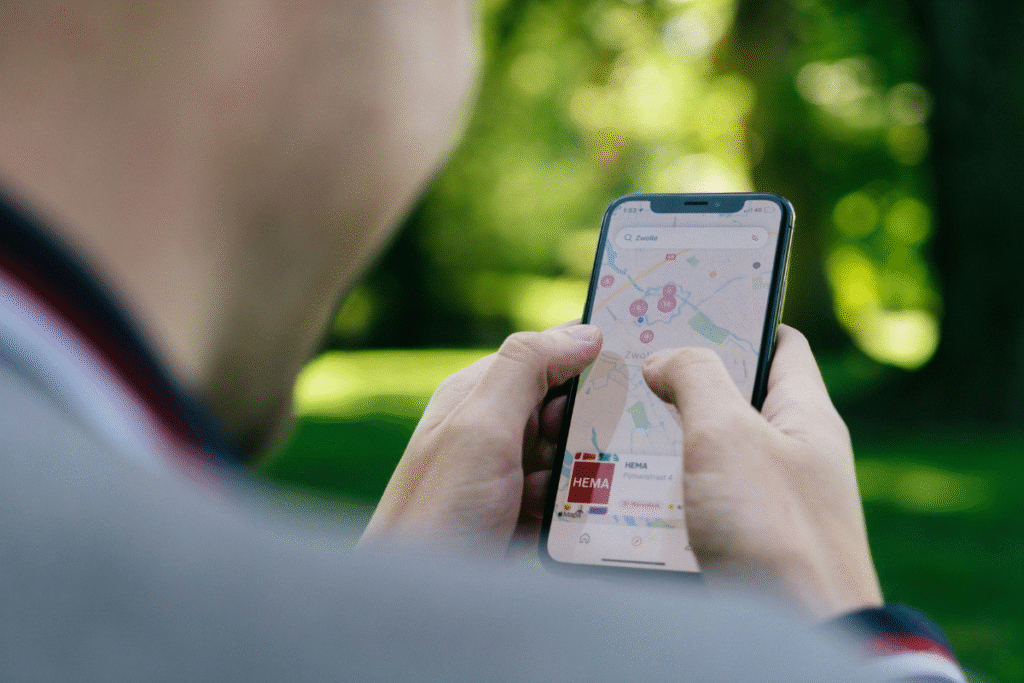Some of the links in this post are affiliate links, which means I may earn a small commission if you click through and make a purchase — at no extra cost to you. I only recommend products I genuinely use and love. [Full disclosure here.]
One of the most overlooked details when preparing for long-term travel is what to do with your phone number. If you’re planning to be away for months or even years, the last thing you want is to lose access to important messages — especially if you’re receiving two-factor authentication codes, banking alerts, or work-related texts.
Here’s how I handled my phone setup before leaving Australia for slow travel — and how you can stay connected globally with minimal stress and cost.
Why You Should Keep Your Phone Number

Even if you’re not planning to make regular calls or texts using your Aussie number, it’s worth keeping for:
- Banking logins and security codes
- Government accounts (like MyGov)
- Medicare or health insurance contact
- Long-lost friends or family trying to reach you
- Any accounts tied to your mobile number
Losing access to your number while overseas can become a huge headache — especially when trying to reset passwords or verify your identity.
eSIM vs Physical SIM: Keeping Your Australian Number While Abroad
Most modern smartphones now support two active mobile numbers — either through a combination of a physical SIM and an eSIM, or in many newer models, two eSIMs at once. This means you can keep your Australian number active while using a separate eSIM for local data as you travel. It’s an ideal setup for long-term travellers, digital nomads, and anyone who wants to stay connected across borders without constantly swapping SIM cards.
But here’s the catch: if you port your Australian number to a low-cost provider that doesn’t offer eSIMs — like ALDI Mobile — and your phone gets lost or stolen overseas, replacing your physical SIM becomes a huge hassle. Without a local store and no way to access your number remotely, recovering your accounts (especially those with SMS verification) can be incredibly difficult.
That’s why I personally chose to pay a little more and go with Amaysim, which supports eSIM. It gave me the flexibility to keep my number active digitally, with no physical card needed — and the peace of mind that if anything happened to my phone, I could still get back online without jumping through hoops.
Popular options for Australians:
- Amaysim: Get $10 free credit
- Aldi Mobile
- Boost Mobile
Get a Global eSIM for Travel

For your day-to-day travel needs, you’ll want a local or global eSIM. This gives you access to mobile data abroad without needing to swap physical SIM cards — perfect if your phone is eSIM compatible (and most modern smartphones are).
Providers like Airalo, Saily, and Nomad make it incredibly easy: you can choose a destination-specific or regional eSIM before you even leave home, install it on your phone in advance, and it will automatically activate when you land in that country. No need to hunt down a SIM card at the airport or deal with confusing top-ups in a foreign language.
Just make sure you switch your active SIM in your phone settings before using data — if not, you might accidentally use roaming data from your Australian SIM, which can be expensive even if data roaming is technically turned off. I personally set my travel eSIM to handle mobile data and leave my Australian number on standby for calls and SMS only, which keeps everything running smoothly.
This kind of setup — one eSIM for your Aussie number, and one for travel data — is a game-changer for long-term travellers. No missed messages, no lost access to banking apps, and no stress at the arrivals gate.
Best eSIM options for long-term travellers:
- Nomad eSIM: Competitive rates with regional bundles.
- Saily: Use code KRISTY2768 for $5 credit
- Airalo: Affordable data packages for 190+ countries. Easy to install from your phone.
✈️ You can install and activate these eSIMs before you land — no more hunting down SIM cards at the airport.
Dual SIM Setup: Best of Both Worlds
If your phone supports dual SIM (physical + eSIM or dual eSIM), you can keep your Australian number active in the background while using your eSIM for mobile data overseas.
Here’s how I set mine up:
- SIM 1 (Original number on prepaid): For receiving security texts and staying reachable
- SIM 2 (eSIM for travel): For internet, maps, Grab, translation apps, etc.
You can even set which SIM handles mobile data, calls, and texts — or turn one off when you don’t need it.
What to Do If Your Phone Isn’t eSIM-Compatible
If your phone doesn’t support eSIMs:
- Option 1: Buy local SIM cards in each country (can be cheaper, but less convenient)
- Option 2: Use a portable Wi-Fi device (like Solis or GlocalMe)
- Option 3: Consider upgrading your phone before your trip
Tips to Avoid SIM-Related Travel Frustrations
Install eSIMs while on strong Wi-Fi — airports and cafés can be unreliable.
Top up your prepaid Aussie SIM from overseas — set reminders if needed.
Keep your Aussie SIM card in a safe spot if you remove it.
Use apps like WhatsApp, Signal, or Telegram for calls and messages — they’re tied to your number but work on data.

Pingback: Before You Go: A Digital Nomad’s Departure Checklist for Long-Term Travel - thequietdetour.com